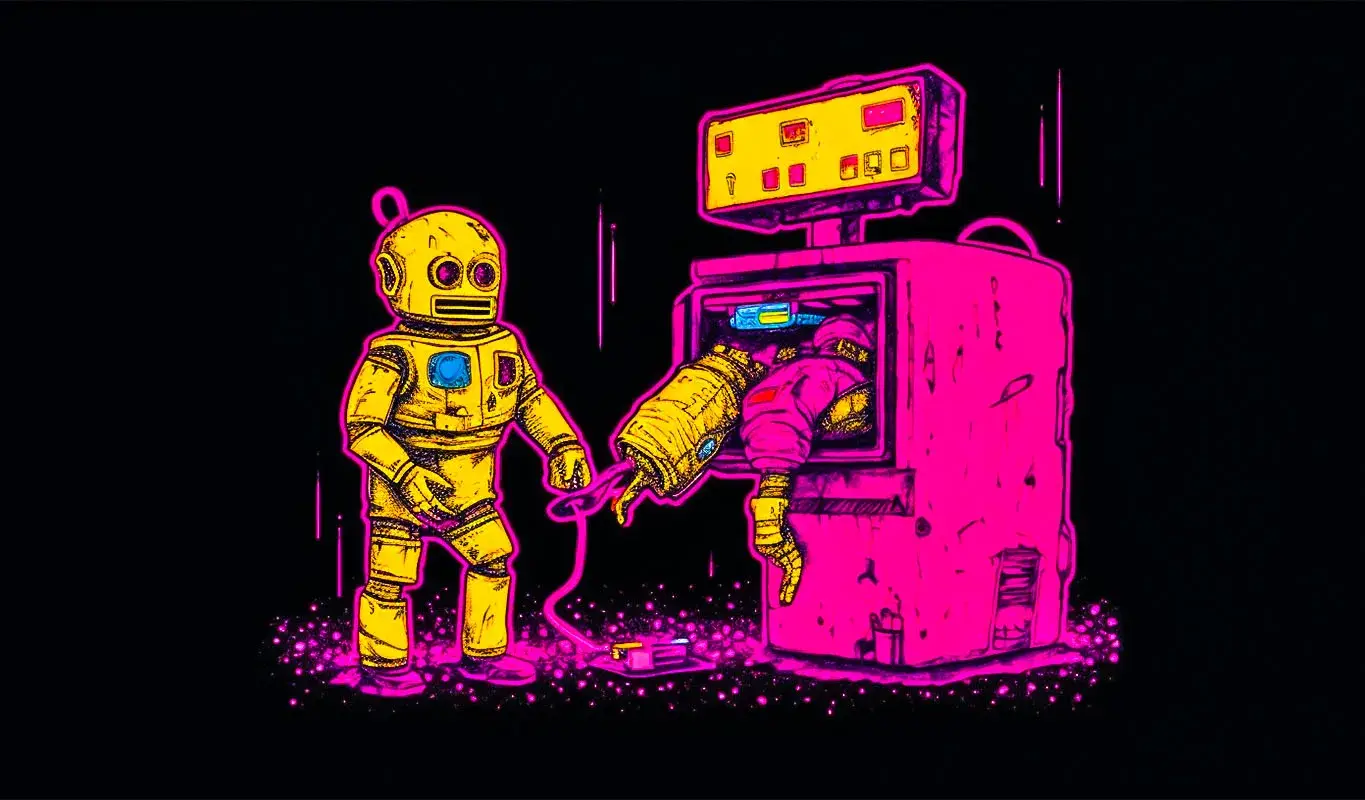Discover how AI can revolutionize smart contracts, making them accessible and transparent, bridging the gap between technical complexity and mainstream usability.
Since the surge of interest in Web 3.0 during the bullish market of 2021, there has been a significant exploration into the potential of smart contracts as a novel technological tool across various industries.
Despite the widespread familiarity with the term 'smart contract,' their practical application and adoption remain limited, with few individuals having encountered them firsthand.
The complexity of smart contracts, understandable primarily to developers, has hindered their transition into conventional contracts.
Moreover, their primary attribute of being immutable hasn't necessarily translated into increased efficiency or safety across all practical scenarios due to their enigmatic nature for most users.
However, the historical precedence of programs being comprehensible only to developers doesn't necessarily mean it must remain so, presenting an opportunity cost stemming from our limited perspective.
One potential solution to this challenge lies in leveraging artificial intelligence (AI) to bridge the gap, offering possibilities beyond our current comprehension.
The Intersection of Smart Contracts and AI
Smart contracts hold promise for disrupting numerous industries, from insurance to real estate, by eliminating the need for intermediaries and thereby reducing costs significantly.
AI possesses the capability to make smart contracts accessible to non-technical individuals through two avenues: translating existing contracts into plain language or vice versa.
However, the utilization of generative AI introduces concerns such as hallucinations, especially concerning valuable program code that necessitates absolute precision.
Peripheral issues like bias and resource consumption further complicate matters.
Enter symbolic AI, a departure from conventional AI paradigms, offering human-readable algorithms that align more closely with human thought processes.
Unlike generative AI, symbolic AI doesn't rely on statistical models or extensive training data, providing transparent and precise business logic.
This form of AI addresses critical needs in smart contract development, offering transparency, accessibility, and precision while sidestepping issues like bias and hallucinations.
Practical implementation of human and machine-readable programming heralds a future for Web 3.0 devoid of coding barriers, promising enhanced transparency, cost-effectiveness, and seamlessness in transactions.
While crypto often faces criticism, particularly due to bad actors, transparent smart contracts empowered by symbolic AI could reshape public perception of Web 3.0.
Accessible smart contracts are poised to transform not just job roles but also spur economic growth, exemplified by emerging professions like legal engineering.
Both AI and blockchain present transformative potential, synergizing to drive automation and innovation across various sectors.
Transparent smart contracts facilitated by symbolic AI offer a glimpse into a future where transparency and accessibility redefine commerce, finance, and governance.
Despite apprehensions about AI's implications, AI-driven smart contracts are poised to enhance rather than hinder human lives, ushering in an era marked by transparency and productivity.
As we embrace these higher forms of automation, the convergence of AI and blockchain promises transformative possibilities, propelling mankind into new realms of progress.
"Henning Diedrich, the creator of Lexon, a programming language that renders blockchain smart contracts in plain English, brings invaluable expertise from his tenure at IBM, notably as the architect of IBM's Hyperledger blockchain and liaison to the Ethereum development team."

